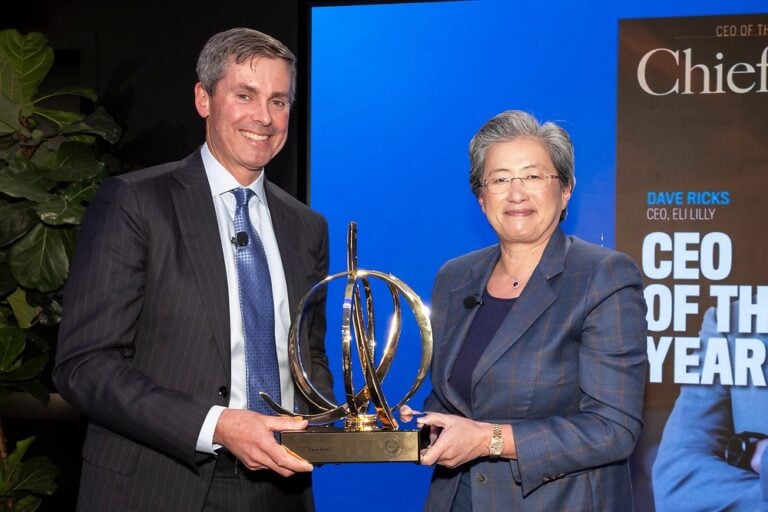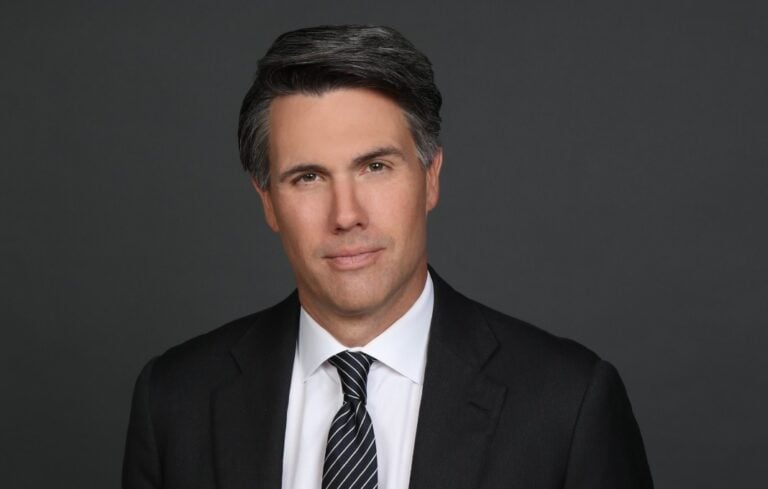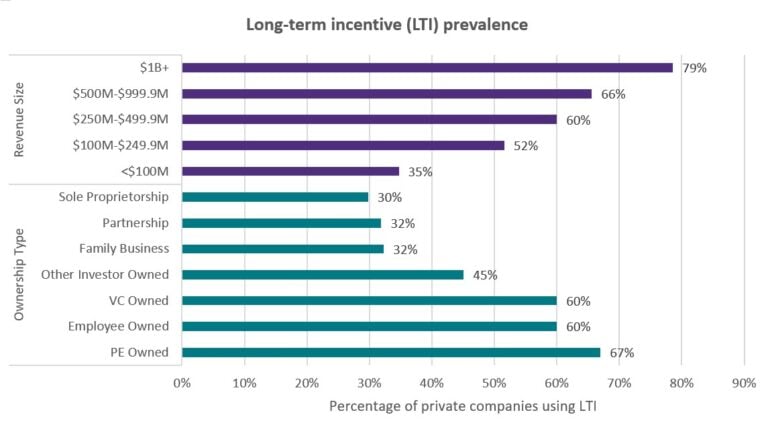
There’s one thing we can all count on, and that is change. With change there can come a certain amount of uncertainty- love, career, you name it— thinking deeply on that knowledge that there will always be change, yet it has helped me put into perspective what really matters to me. That is, the inarguably biological, evolutionary need to pursue happiness and freedom in this world. This realization has led me to make successful, long-lasting leadership decisions that help mitigate the innumerable challenges we face as leaders and entrepreneurs.
One of the fundamental skills to be a successful leader is the capacity for self-reflection and the unbiased examination of your strengths and weaknesses. The most recent recession has further exacerbated the consequences of unevolved leadership structures. In order to avoid common pitfalls in leadership, we have to critically examine our existing structures and figure out what is most important to us.
As a global business leader and philanthropist, I am constantly checking in with myself to ensure I’m on the right path to fulfilling all my goals. There is no one “right” way to lead. However, certain leadership structures and methods are more effective in creating productivity and achieving your goals.
As a global company, we are faced with unique challenges that need innovative solutions. The questions I am trying to find the optimal solutions for as a leader are two-fold: One, what does it take to create and maintain a profitable, resilient company when most companies, on a global and local scale, are faced with historic volatility and uncertainty? And two, if we acknowledge that all humans are striving to maximize happiness and freedom in all aspects of their lives, how can I as a leader facilitate and encourage those positive feelings that lead to personal, professional and company growth?
It’s simple: trust your people, and they will deliver. So, how do we make sure we’re honoring people’s experiences and helping build the company’s success in the process?
Humans do not like being bound down by what we cannot do. No one path or skillset is the same and these differences make us stronger; “my way or the highway” is not a winning strategy. With this in mind, I have made it my mission to empower growth, innovation and emotional fulfillment by integrating our innate human needs into my leadership style.
We must create emotionally secure environments for all employees to use the tools and resources at their disposal and find the solutions that fit their specific skill sets. It’s not a top-down approach, at least not in the traditional way. I’m not focused on how I would do a task, because I didn’t hire another me to do it. I hire people because they are good at what they do. My job is to give them everything they need to collaborate, create, and solve issues using the talents that they’ve honed over a lifetime.
Micromanagement then not only becomes unnecessary, but unfathomable. Instead, I focus my time and energy on encouraging their emotional wellbeing, making sure they can utilize all their resources, and advocate for their solutions to be heard. I don’t just extend flexibility to the leaders of my organization—this freedom to choose paths for each task is extended to everyone, entry level to executive, which allows natural leaders to rise to the surface.
Any time I desire a positive outcome, I often ask myself, “What does happiness mean here?” If happiness and freedom work in tandem, how can I build those pathways without worrying about the everyday uncertainties life brings? Most things are not constant, but one thing we cannot let go by the wayside is allowing people the freedom to choose their own happiness.
It is a team effort to create effective solutions and forge a lasting legacy. This mindset requires thinking beyond yourself to what you can accomplish for and with others. As I strive for personal freedom at every opportunity, I encourage others to do the same by utilizing tools and resources in their own way. And they show up—proud of their work, confident in their solutions, and satisfied with their personal and professional accomplishments.
My leadership style, in short, is we not me. I live by this mantra: I do not walk in front of nor behind you; we walk together, and we go farther. It’s not just about metrics and getting “everything right all the time.” We must think bigger: We must acknowledge the humanity of people and encourage positive, productive feelings by tapping into their happiness.
In order to achieve the highest level of success, a major leadership strategy is encouraging people’s emotional happiness and giving them the tools to maintain it. Allowing workers the freedom to create their version of happiness allows them to think beyond themselves. Whether it’s simply finding a more efficient way to complete a task or thinking of broader vision-forward solutions, everyone benefits from it.
We begin by utilizing what we know as a jumping off point. Whether you’re fresh out of college and accepting an entry level position or a senior executive on your fourth business, you bring your expertise, history, and personality into any role you fill. When everyone recognizes their unique method of looking at identifying problems, finding solutions, and working collectively for growth, that’s where the magic happens.
Leaders must foster this attitude for innovation and growth to stay ahead of uncertain economic times. The first step is creating a space where workers are not under a microscope, where they can let their different abilities shine and work together for something greater than themselves. I trust my people— I trust that they want to be successful in their role and will find efficient solutions that work for them and their peers. That trust breeds comfort, and comfort allows more ideas, pathways, and flexible thinking to rise to the surface.They will have a vested interest in their tasks, their supervisors’ success, and ultimately, the vision of the company. That happiness, and subsequent satisfaction, are priceless.
I am a leader on a global scale, but this philosophy applies to a company of any size; however, the main difference is how we manage expectations as the company grows in profitability and people. If your company starts with two or three people, the expectation is about the vision. You’re all wearing different hats, must find creative solutions to your problems, and trust each other’s expertise. As you grow to eight people, the junior members of the team may be more focused on their supervisors, who are in turn focused on the vision. If you hire 20 more people, those workers are focused on the tasks assigned by their managers and supervisors. As the circles keep expanding, expectations can and must change according to the company’s needs.
Leaders must ask themselves, how have expectations changed from one tier to another, and how can we effectively communicate expectations? These are crucial questions I ask when I want to make sure a group is sustainable and is working in tandem to create the solutions to my overarching vision. When everyone knows and embodies their role, the organization must learn how to roll with the punches.
As a delegation, expectations need to change; the journey may be taken together, but you wouldn’t expect a thigh to perform the same task as an index finger. What I have found is that even in a rolling sea of uncertainty, people who have the freedom to choose their own path and create solutions with their unique sets of skills are more efficient and encourage creativity can result in greater happiness. They are able to see the forest for the trees, and they appreciate the legacy they’re leaving behind with their work.
I constantly remind myself of what shaped me into who I am as a leader: my people. Our success, I am proud to recognize, is mostly due to the talented professionals I have surrounded myself with, and that is the secret to success. When you work for others and think outside of yourself, it makes it easier to live for joy, passion and freedom. Leaving a legacy is a lot easier with help. Once you have created a legacy that extends far beyond what you could have done alone, every decision you make now helps the people who come after you to live easier, better lives. That’s what legacy is about, and that’s how you thrive as a business despite—and perhaps even because of—uncertainty.



0

1:00 - 5:00 pm
Over 70% of Executives Surveyed Agree: Many Strategic Planning Efforts Lack Systematic Approach Tips for Enhancing Your Strategic Planning Process
Executives expressed frustration with their current strategic planning process. Issues include:
Steve Rutan and Denise Harrison have put together an afternoon workshop that will provide the tools you need to address these concerns. They have worked with hundreds of executives to develop a systematic approach that will enable your team to make better decisions during strategic planning. Steve and Denise will walk you through exercises for prioritizing your lists and steps that will reset and reinvigorate your process. This will be a hands-on workshop that will enable you to think about your business as you use the tools that are being presented. If you are ready for a Strategic Planning tune-up, select this workshop in your registration form. The additional fee of $695 will be added to your total.

2:00 - 5:00 pm
Female leaders face the same issues all leaders do, but they often face additional challenges too. In this peer session, we will facilitate a discussion of best practices and how to overcome common barriers to help women leaders be more effective within and outside their organizations.
Limited space available.

10:30 - 5:00 pm
General’s Retreat at Hermitage Golf Course
Sponsored by UBS
General’s Retreat, built in 1986 with architect Gary Roger Baird, has been voted the “Best Golf Course in Nashville” and is a “must play” when visiting the Nashville, Tennessee area. With the beautiful setting along the Cumberland River, golfers of all capabilities will thoroughly enjoy the golf, scenery and hospitality.
The golf outing fee includes transportation to and from the hotel, greens/cart fees, use of practice facilities, and boxed lunch. The bus will leave the hotel at 10:30 am for a noon shotgun start and return to the hotel after the cocktail reception following the completion of the round.